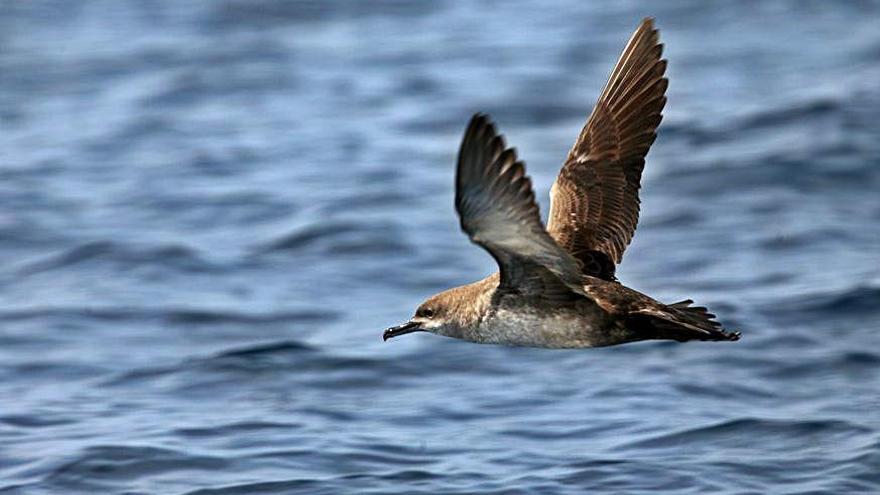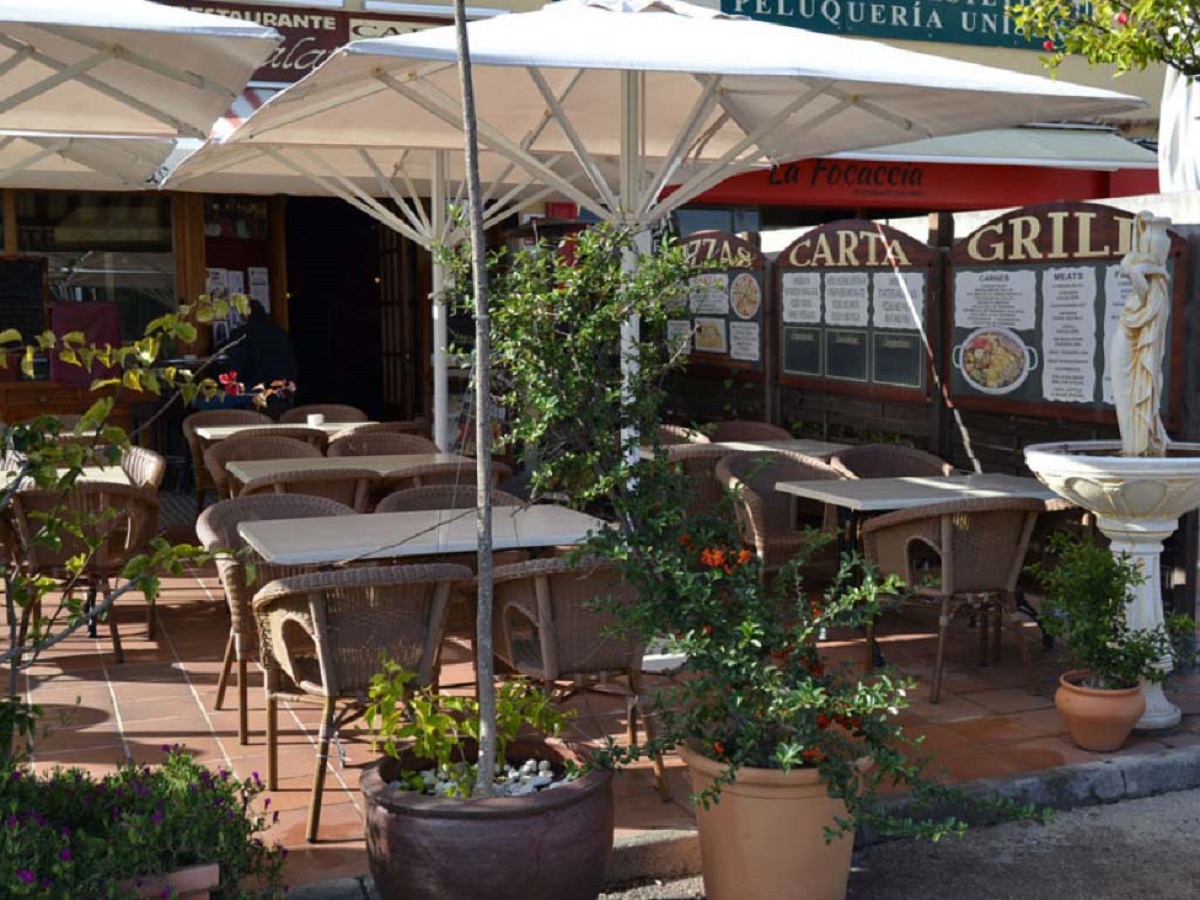In 1982, driven by the tourism sector, the Inter-Island General Council created the Marine Reserve of the Bay of Palma.
This protected area includes the coastal strip down to 30 meters deep, between the Nautical Club of s’Arenal and Cape Regana.
Two typical Mediterranean coastal ecosystems coexist here in nearly equal proportions: the Posidonia oceanica seagrass meadows—essential for marine biodiversity, especially for invertebrates and juvenile fish—and sandy seabeds that host mollusks, crustaceans, echinoderms, and more.
The reserve is also home to benthic species recognized under international conventions as needing special protection, such as algae of the genus Cystoseira (C. balearica, C. ercegovicii, C. stricta) and invertebrates like the fan mussel (Pinna nobilis) and the date mussel (Litophaga litophaga). Artisanal fishing still takes place in the area, especially for cuttlefish (Sepia officinalis) using trammel nets. Moreover, artificial reefs were installed near Cape Enderrocat in 1990 to prevent illegal bottom trawling and provide shelter for marine life.
So far, 24 benthic communities and 340 marine species have been recorded, with red algae and fish being the most representative. The reserve covers 2,379 hectares, including 243 hectares under special protection, preserving a highly valuable marine ecosystem subject to centuries of human pressure.





